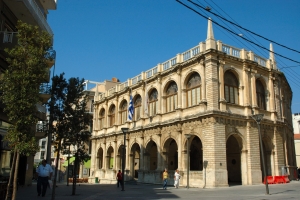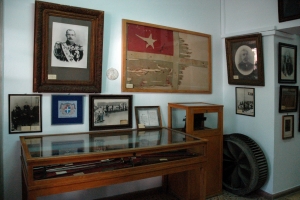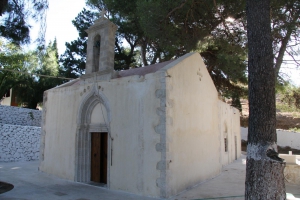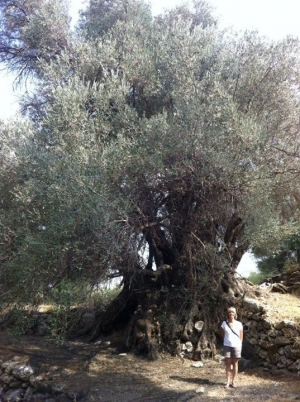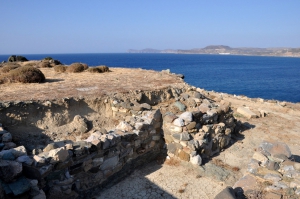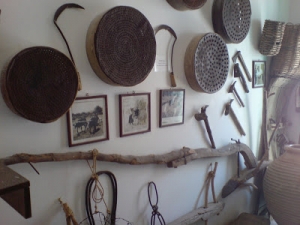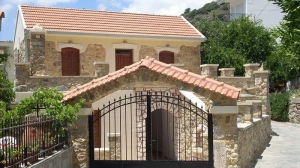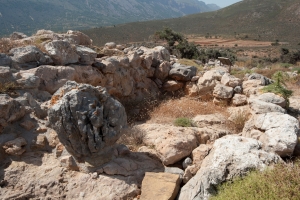The Venetians used to build a luxurious building in each of their cities, where the nobles could pleasantly spend their time and socialize. In Candia, they built the Loggia (meaning Noble Club) which is now met on the August 25 street.
The Historical Archive of Crete was established in 1920 in Chania and operated informally until 1928, when it was recognized as a public entity. Since 1943, it is a Public Service and operates as an annex to the General State Archives.
The monastery of Agia Moni (Holy Monastery) is located about 60km east of Heraklion and 38km west of Ierapetra, near Kavoussi Gorge. It can be accessed via a short road that starts from Ano Viannos and passes through a verdant landscape.
The olive tree has been declared by the Association of Cretan Olive Municipalities as a natural monument due to its size, shape and relief trunk. The name of the site is Gre Ele which means Old Olive and refers to this tree. Its variety is throumboelia and is grafted on a rootstock of a wild olive tree. It is estimated to have been planted in 650-500BC and is located very close to the archaeological site of Eleftherna.
The archaeological site of Trypitos is located on a small peninsula, 3km east of Sitia, near the beach Karavopetra, which has stunning view to Sitia city. It is considered to be the ancient city of Sitia, Itia, which was originally the port of Praesus. The city flourished in the Hellenistic period (350BC-50BC).
The Folklore Museum of Sitia was founded in 1975 and is housed in a beautiful neo-classical house. The collection refers to the town of Sitia in the second half of the 19th and early 20th century.
The Folk Museum of Spili is housed since 2011 in a traditional two-storey house at Spili and was founded by the local Women's Association.
Chrysokamino is located near the Cave Theriospilios in the area of Kavousi, Ierapetra province. At the site that locals called Golden Oven (chrysokamino), because they frequently found copper pieces, in 1900 the archaeologist H. Boyd spotted a metallurgy workshop that operated from 4500-3500 BC to the Minoan Era. The most important study and excavations since then took place after 1995.











